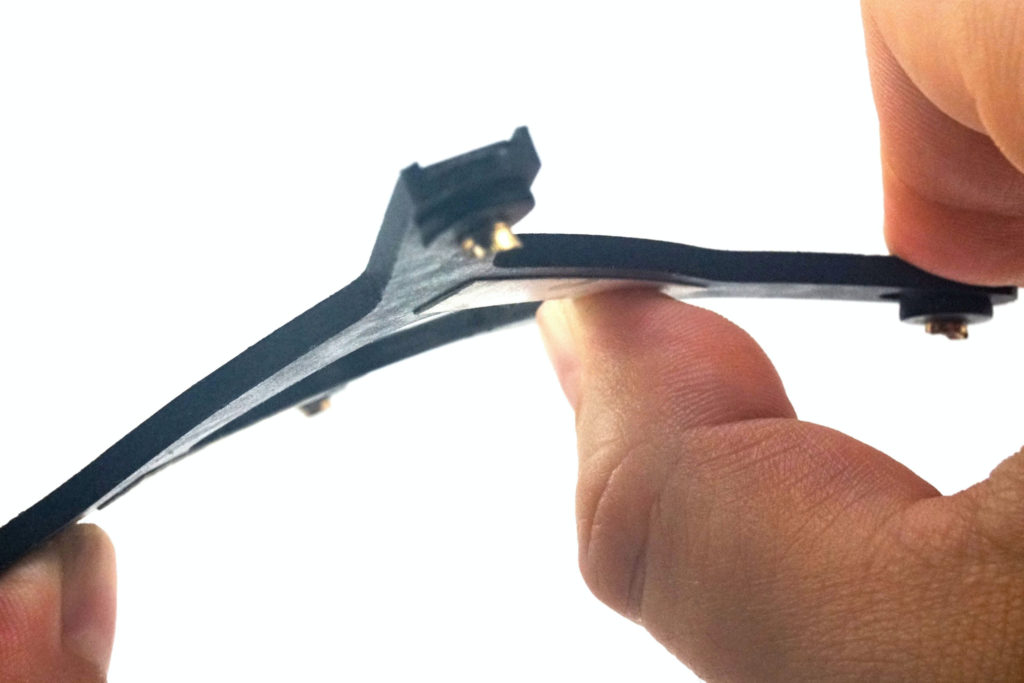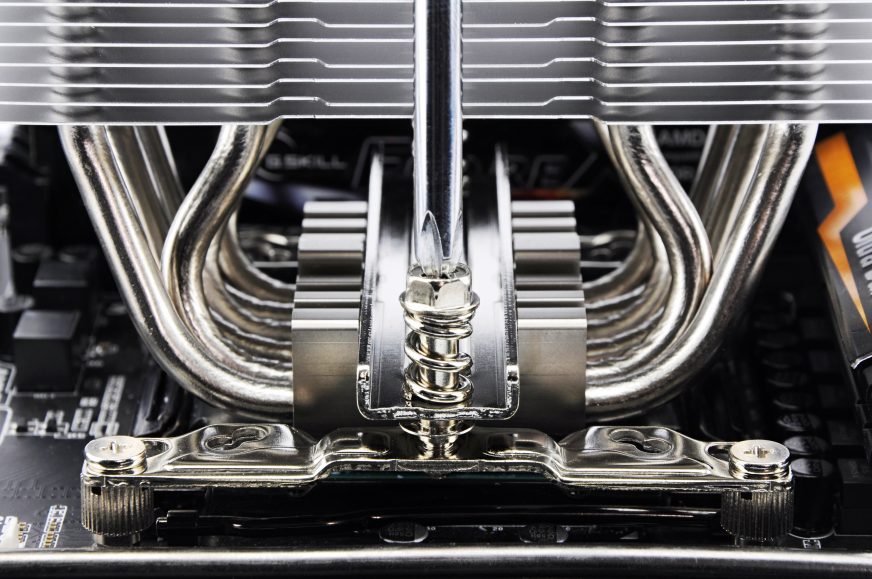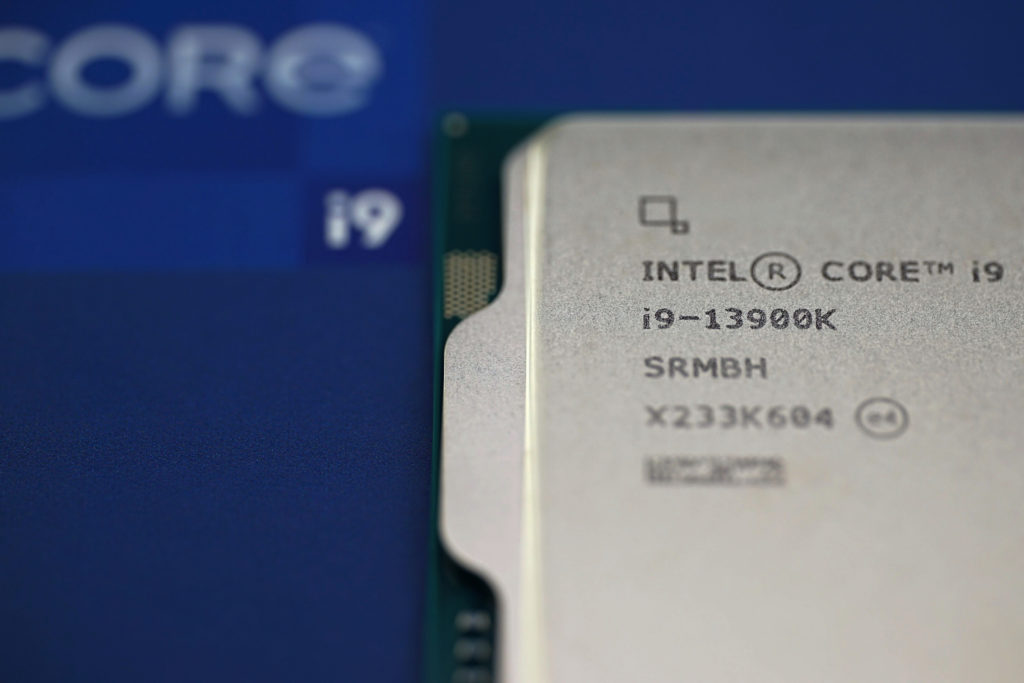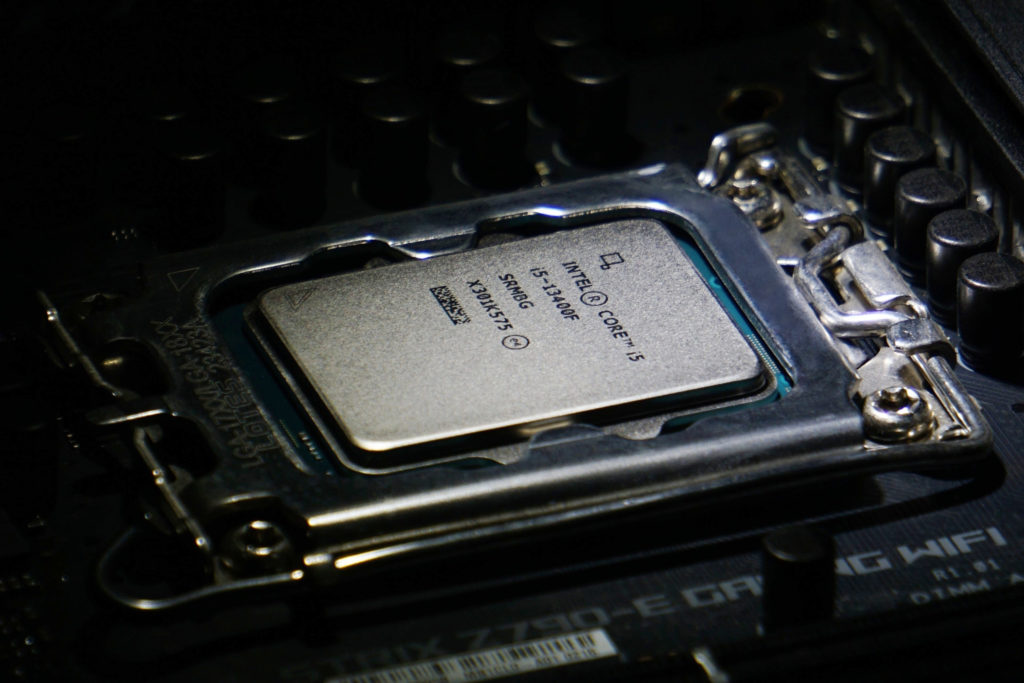Will the downforce of coolers on Intel LGA sockets be doubled? To what?
There are reports that the upcoming Intel LGA 1851 socket will have different cooler requirements. This is even while maintaining the same physical dimensions of the mounting holes or processors as such. A forceful way of selling new coolers? This may not be the case and the real reason may be purely technical. And we probably have some idea why processors from the Arrow Lake generation onwards will benefit from more downforce.
It’s nothing guaranteed, and things may turn out differently in the end, but what would it mean if Intel really recommends CPU cooler manufacturers to use almost double the current pressure (923.0 N/94.1 kg) compared to the current one (489.5 N on LGA 1700) in the context of the socket?
First of all, it is good to break down the reason why something like this might be happening. Do not take the following to be the only possible scenario, but we can think of no other reasonable explanation at the moment. The need for higher pressure on the Intel LGA 1851 socket may have something to do with ensuring better contact between the cooler base and the processor’s heat spreader. By “better” (contact) we mean contact over a larger area, which occurs at higher pressure. This is in order to be able to dissipate a greater amount of heat. By the way, the Intel Arrow Lake processors and newer will be chiplet-based compared to current models, so with the need for more intense heat on the sides as well, and besides, the heat flux density will probably be higher again. In other words, there will be a greater amount of waste heat per unit of surface area (of the silicon chip) to dissipate, which Intel will have to deal with in some way. Firstly, and most importantly, by making changes to the TIM at the level of the processor itself, and secondly at the processor-cooler interface. And in this case, in short, “more push” is needed.
Compared to a lower pressure with a smaller contact area, a higher pressure increases the surface area (by better compensating for unwanted unevenness), which leads to faster heat dissipation as the overall cross-sectional area is increased. Basically, it’s a situation similar to the unfortunate 16-pin connectors for external power supply of graphics cards, where also the contact (of pins with hollows) in the critical place means a lower transient resistance, although there it is electrical, here thermal.
Thus, the higher pressure will to some extent ensure more efficient cooling (faster heat dissipation from the chip), thanks to which it will be able to achieve high clock speeds even under high load, which might not be possible with lower pressure and only lower performance would be “sustainable”. This is the case for both at all-core boost and in single-threaded load. In the latter, although the processors have only fractional power draw, the heat concentration is in a very small area of one or two cores. On the new Arrow Lake processors, single-threaded, temperature-controlled TVB (Thermal Velocity Boost) clock speeds could be unattainable no matter how powerful a cooler you own, which is already happening in part with the Ryzen 9 7900X and 7950X. In the worst case, this could mean that in some situations you won’t even get the computing performance of older CPU models, which are easier to cool and also already pushing the limits. Whether this assumption of ours is correct will sooner or later become clear.
Assuming that higher pressure for mounting coolers than on the LGA 1700 will indeed be needed to achieve maximum (or near-maximum) performance, many questions arise around the mechanical durability of many of the elements around the processor. First and foremost is the strength of the substrate of the processor itself. In the past, with Skylake processors, the PCB would get thinner and after a few damaged cases, then in turn the downforce of some coolers would be reduced. So it probably cannot be ruled out that now the PCB thickness will be increased and the thickness of the IHS will be reduced to maintain the same overall height of the processor. This would make pretty good sense in the context of measures for better heat transfer as well.
Next, however, the LGA 1851 socket will have to be reinforced in some way. Difficulties with flexing on some coolers have already been reported on LGA 1700, subsequently stronger third party ILM frames have also come out for this. The stiffening at this point could happen at the factory, which would also be a prevention against plastic backplates. The vast majority of liquid coolers stand on those and would be completely helpless against the 923N force, and there would be significant flexing. As a result, not only would cooling be worse (as it is on LGA 1700), but the board might not work at all due to too much PCB deformation.

This is all speculation, of course, and our guesses as to why a higher downforce on LGA 1851 would be warranted. Theoretically it might not always be needed, but only for more powerful models with high power draw. For lower power (e.g. for lower-power models or for more powerful CPUs with PL2 aligned to TDP), as long as there is no physical change in CPU height, the current mounting systems could suffice along with the reduction in heat flux density. So there would be something like “unofficial support” provided that the power draw of selected CPUs sticks to certain, lower levels.
Well, we’ll see. As time goes on, more and more information will emerge on this subject, and the real reasons will surely come to light. And maybe the pressure won’t increase at all after all, and the whole thing is just a fabricated affair created in order to have “something to talk about” during a thematically dry period.
Tips for similar articles:
- Test: how can a pressure of a cooler affect its cooling performance?
- Plastic vs. metal backplate Alphacool (under LGA 1700)
English translation and edit by Jozef Dudáš











